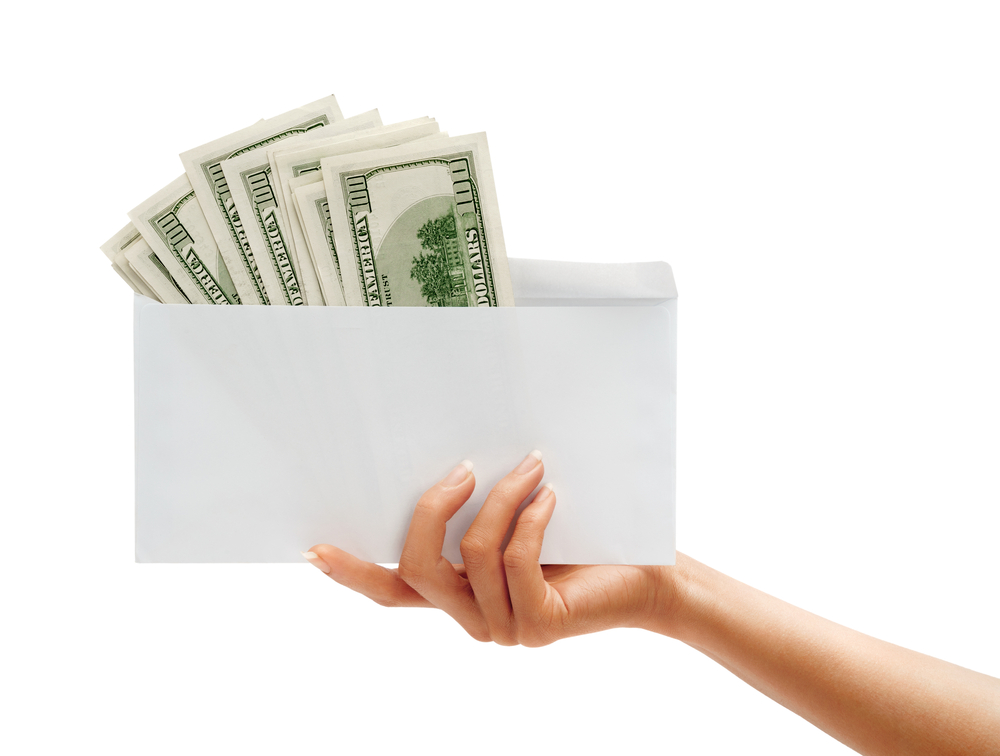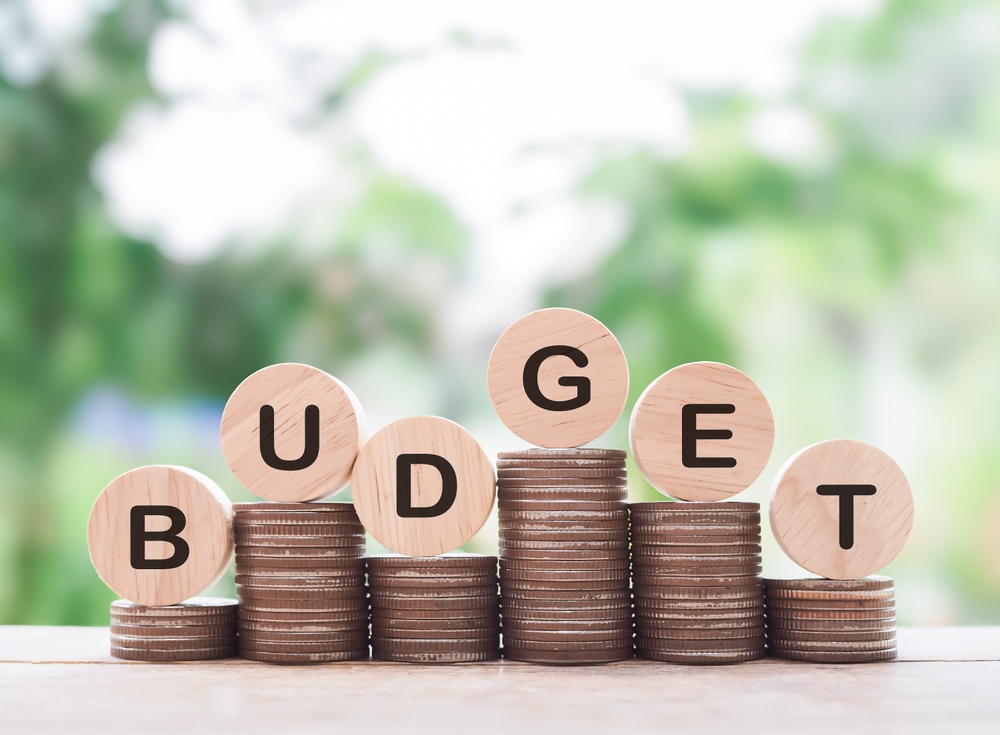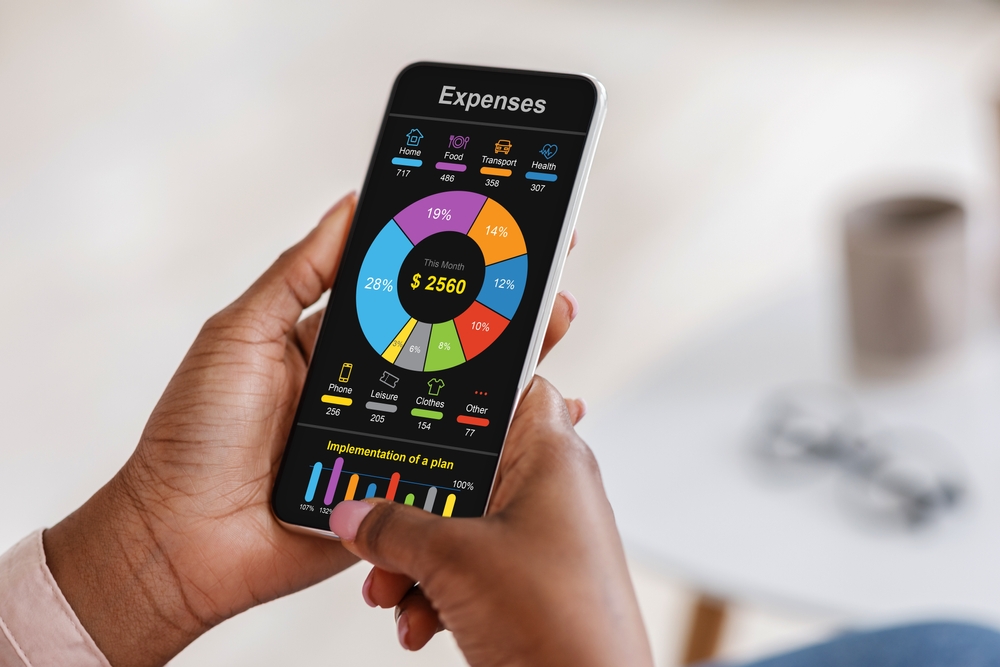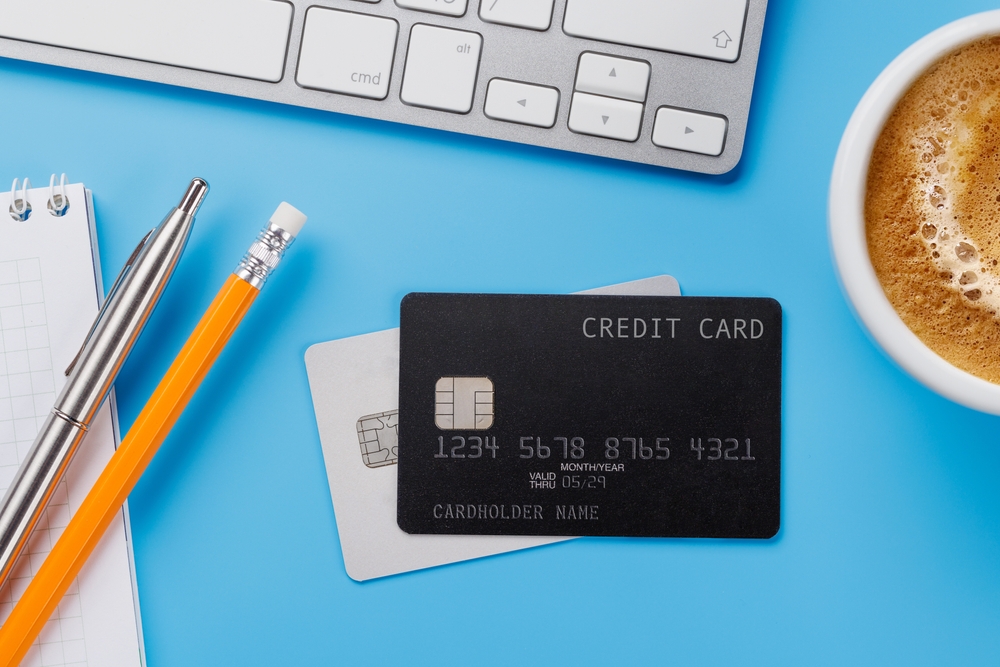Managing your finances can sometimes feel like trying to navigate a maze blindfolded, especially when it feels like most budgeting tricks turn out to be more trouble than they’re worth. But fear not! We’ve sifted through the noise to bring you 13 budgeting tricks that actually work. These tips are designed to be practical, easy to implement, and, most importantly, effective. Let’s get started on this journey to financial clarity and peace of mind.
1. The Old-School Envelope Trick

The envelope budgeting method might sound old school, but it’s making a major comeback for a reason. Essentially, you allocate a certain amount of cash to different envelopes, each labeled for a specific expense category like groceries or entertainment. Once the money in an envelope is gone, that’s it—no more spending in that category. According to a report by CNBC, this tactile method helps many people visualize their spending, which can be more impactful than swiping a card.
While it might seem cumbersome to deal with cash in our digital world, the psychological impact of physically handing over money can’t be underestimated. This tangible experience can curb impulsive purchases and keep your budget on track. Plus, going to the ATM and filling those envelopes can be a mindful moment of reflecting on your financial priorities. So, why not give this tried-and-true method a chance?
2. Automate For Stress-Free Savings

If you’re like most people, you might find it hard to save money simply because life gets in the way. The trick here is to automate your savings, treating them like any other recurring bill. Set up a direct deposit from your paycheck into a separate savings account before you even have a chance to spend it. According to NerdWallet, automating your savings can significantly increase your savings rate without you having to think about it.
When your savings are out of sight, they’re out of mind, meaning you’re less likely to dip into them for unnecessary expenses. You can even set up multiple savings accounts for different goals, such as an emergency fund or a vacation fund. This creates a healthy habit of saving, turning what once seemed like a chore into a simple, seamless part of your financial routine. Give it a try and watch your savings grow with minimal effort.
3. Meal Prep To Save Money (And Waste)

We all know dining out can quickly blow a budget, but meal prepping at home can be a game-changer. By planning and preparing your meals for the week in advance, you save not only money but also time and stress. According to The Nutrition Source, meal prepping is linked to healthier eating habits, and it’s also a budget-friendly way to navigate your culinary needs.
Start small by preparing a few meals for the week and gradually increase as you get the hang of it. You’ll be surprised at how much money you save when you’re not constantly buying lunch or grabbing dinner on the go. Plus, you have full control over the ingredients, allowing you to make healthier choices. As you become more comfortable, you can experiment with new recipes and even include family-favorite dishes, making meal prepping a fun and rewarding routine.
4. Set Clear, Realistic Money Goals

One of the most effective ways to stick to a budget is by setting clear, achievable financial goals. Whether it’s paying off debt, saving for a vacation, or building an emergency fund, having a specific target keeps you motivated. Break down these goals into smaller, manageable steps, and set a timeline for each milestone. This approach not only makes your goals seem less daunting but also allows you to track your progress and celebrate small victories along the way.
It’s important to be realistic about what you can achieve based on your income and expenses. Setting unattainable goals can lead to frustration and, ultimately, failure to stick to your budget. Check in with your goals regularly and adjust them as needed to reflect changes in your financial situation. This ensures that your budgeting efforts are always aligned with your current priorities and capabilities.
5. Implement The 50/30/20 Rule

The 50/30/20 rule is a simple, straightforward budgeting method that allocates your after-tax income into three categories: needs, wants, and savings. The idea is to spend 50% on necessities like housing and groceries, 30% on discretionary items such as dining out or hobbies, and 20% on savings or debt repayment. This easy-to-follow guideline helps you maintain a balanced budget without having to track every single expense meticulously.
By dividing your expenses into these broad categories, you gain a clearer understanding of where your money is going each month. It also encourages you to prioritize savings and debt repayments, which are crucial for long-term financial health. If you’re struggling to stick to a traditional budget, this simplified approach might be the solution you need. Give it a try and see how it can transform your financial habits.
6. Track Every Penny With An App

In the digital age, there’s no shortage of apps designed to help you track your expenses and stick to a budget. By using a budgeting app, you can quickly and easily record every expense, categorize it, and see where your money is going at a glance. Many apps also offer visual representations of your spending habits, which can be eye-opening for those who don’t keep track of their finances regularly.
Choose an app that syncs with your bank accounts and credit cards for real-time updates, making it easier to manage your budget on the go. Additionally, look for apps that allow you to set financial goals and provide tips for saving money. With so many options available, finding the right app can make budgeting less of a chore and more of an empowering experience. Explore different apps to find the one that best suits your style and needs.
7. Say No To F.O.M.O

Sometimes, the most powerful tool in your budgeting arsenal is the ability to say no. Whether it’s to a night out with friends, a new outfit, or the latest gadget, learning to say no can save you a significant amount of money. It’s not about depriving yourself but about making conscious choices that align with your financial goals.
Practice saying no by prioritizing your spending and focusing on what truly matters to you. This might mean passing on smaller, less meaningful purchases to save for something more important in the future, or opting to stay home every once in a while. Over time, you’ll find that this intentional mindset not only helps your wallet but also brings a greater sense of satisfaction and control over your finances. Remember, every time you say no to a purchase, you’re saying yes to your financial goals.
8. Review And Reflect Your Finanical Position Monthly

A crucial step in successful budgeting is conducting a monthly review of your finances. Set aside time each month to go through your expenses, compare them with your budget, and see where you stand. This process allows you to identify patterns, spot areas where you’re overspending, and make necessary adjustments for the upcoming month.
Use this opportunity to reflect on your financial goals and assess whether your current habits are helping you achieve them. Celebrate your successes, no matter how small, and address any setbacks with a problem-solving mindset. Regularly reviewing your budget keeps you accountable and ensures that your financial plans remain relevant and effective. Plus, it provides clarity and peace of mind knowing exactly where your money is going.
9. Buy in Bulk Wisely

Purchasing items in bulk can be a fantastic way to save money if done wisely. Focus on non-perishable goods or items you use frequently, like toiletries or cleaning supplies. Buying in bulk can reduce the cost per unit and limit the frequency of shopping trips, ultimately saving you time and gas money.
However, it’s important not to go overboard and buy items you’ll never use just because they’re on sale. Make a list of essentials and stick to it, ensuring that bulk purchases fit within your budget. Consider splitting bulk purchases with friends or family to enjoy the savings without the clutter. Done right, buying in bulk can become a strategic part of your budgeting toolkit.
10. Use Cashback And Rewards Programs

Take advantage of cash back and rewards programs offered by credit cards, apps, and stores. These programs can provide you with a little extra money back on purchases you already plan to make. While it might not seem like a lot at first, these savings can add up over time, providing you with additional funds to put towards your savings or budget goals.
To maximize benefits, use these programs strategically by focusing on categories where you spend the most, such as groceries or gas. Be careful not to overspend just to earn rewards; those savings won’t mean much if you go over budget. Utilize different programs and cards that complement each other to make the most out of your spending. With careful planning, rewards and cash back programs can be a great way to enhance your budgeting efforts.
11. Create A “Fun Fund”

Budgeting can often feel restrictive, but it doesn’t have to be boring. By creating a “fun fund,” you allocate a specific amount of money each month for entertainment or non-essential purchases. This fund allows you to enjoy life’s little pleasures without derailing your budget or feeling guilty about treating yourself.
The key is to be intentional about your fun fund’s size and stick to it, ensuring it doesn’t interfere with essential expenses or savings goals. This approach also encourages you to prioritize the experiences that bring you the most joy. Whether it’s dining out, going to the movies, or planning a weekend getaway, having a fun fund ensures you can enjoy life while staying financially responsible. So go ahead, add a little fun into your budget planning.
12. Do The No-Spend Week Challenge

For those looking to kickstart their savings or curtail unnecessary spending, a no-spend week can be a powerful exercise. Challenge yourself to go an entire week without spending money on anything other than absolute necessities, such as groceries or bills. This practice encourages creativity in using what you already have and can highlight areas where you might be spending mindlessly.
During this challenge, you might discover new ways to entertain yourself without spending or realize how many meals you can prepare with pantry staples. Consider extending the challenge to a month if you find it beneficial. After completing a no-spend week, reflect on the experience and incorporate any lessons learned into your regular budgeting routine. It’s a great way to reset and refocus your financial habits.
13. Lean Into Community Support

Sometimes, budgeting can feel isolating, but it doesn’t have to be a solo endeavor. Engaging with a community, whether it’s an online forum or a local support group, can provide motivation, tips, and encouragement. Sharing your goals and progress with others can increase accountability and make the process more enjoyable.
Look for budgeting groups on social media platforms or join a local financial wellness workshop. Connecting with like-minded individuals can offer new insights and strategies, and celebrating milestones together makes the journey more rewarding. Remember, everyone’s financial situation is unique, so take what works for you and leave the rest. With a supportive community, you’ll find that budgeting becomes less of a chore and more of a shared adventure.
This article is for informational purposes only and should not be construed as financial advice. Consult a financial professional before making investment or other financial decisions. The author and publisher make no warranties of any kind.








